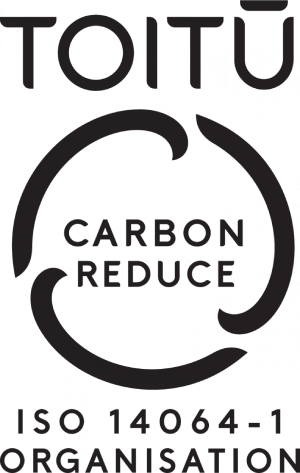Stories that describe alternative ways the external environment might develop in the future.
Why you should use it
What it involves
What you will get out of it
Ideal circumstances for use
Limitations
References, guides and key readings
Why you should use it
- To explore how multiple drivers of change can come together to shape the different futures and what this means for your policy.
- To help stakeholders envisage and engage with multiple futures, providing a way to move from theoretical to more realistic assessments of policy impact.
- To identify a preferred scenario/s that can be used as a desired future/s that the policy can work towards achieving.
What it involves
You have the option of creating your own scenarios or using existing scenarios.
Creating Your Own Scenarios
- There are a wide range of different ways to develop scenarios, depending on what you are wanting to achieve. It’s best to seek advice on the best approach.
- Generally scenario planning involves defining the question you want to consider, identifying and analysing the drivers of change, constructing scenario frameworks based on different assumptions about the drivers of change, and developing the story lines for each scenario.
- Good scenarios cover multiple futures not just one future, are plausible and non-linear, are provocative and explore assumptions, are concise and clear, and create an immersive experience.
- Once the scenarios are developed, they can be applied to test the robustness of existing policy (see wind tunnelling), provide a context for new policy development or identify uncertainties that need to be monitored.
Using Existing Scenarios
As well as generating your own scenarios, you can use scenarios developed by someone else to explore possible futures and apply it to your policy. Contact the Strategic Futures Group by emailing Cathy.Swanson@ird.govt.nz for scenarios used by members of the Strategic Futures Group.
What you will get out of it
- Helps challenge the status quo and discuss questions that may otherwise be uncomfortable to discuss.
- Helps create a shared understanding of opportunities and threats in different futures and how best to prepare and respond.
Ideal circumstances for use
- You need to first identify the drivers of change to inform the development of your scenarios.
- Scenarios are best applied through a group process to achieve organisational and system learning.
- There is senior stakeholder demand for the scenarios and appetite (and concrete planning) to use the scenarios once they are developed.
Limitations
- It's difficult and time consuming to draw up credible and useful scenarios – they should draw on a wide range of robust data and diverse perspectives, be developed iteratively and tested rigorously.
- Scenarios can be mistaken for predictions or forecasts of the future.
References, Guides and Key Readings
UK Government Office for Science’s Futures Toolkit (pages 52-56).

